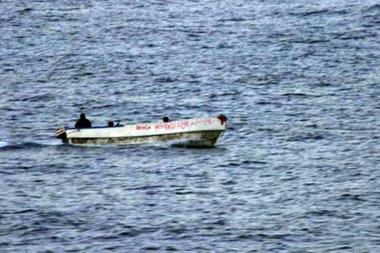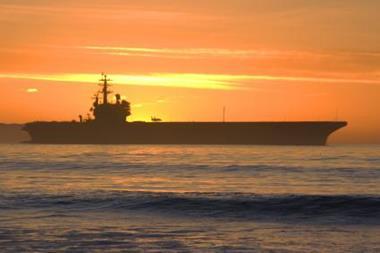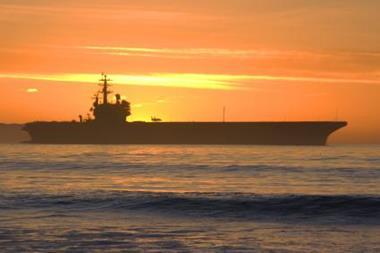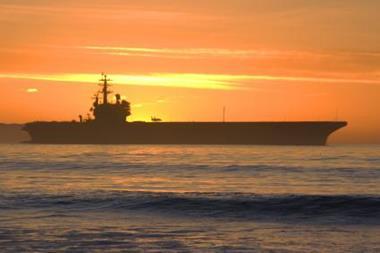The East African coast is quickly becoming a piracy hotspot
The daring rescue of two sailors from the clutches of Somali pirates is the latest evidence of the dangers all vessels face when sailing in the Gulf of Aden.
President Nicolas Sarkozy deployed Special Forces in a dramatic rescue mission after two French nationals were taken hostage when their sailing boat was attacked by well armed pirates.
The hostages were freed in an overnight mission that saw the death of one pirate and the capture of six others. None of the French soldiers were hurt.
Located in the Arabian Sea between Yemen and Somalia, the Gulf of Aden is a vital waterway for shipping. Eleven percent of seaborne petroleum passes through the Gulf on its way to the Suez Canal.
The region has recently seen a spate of violence, with some 54 attacks so far this year and around 340 seafarers taken hostage.
In all cases, unarmed merchant ships have been approached by speedboats containing men armed with machine guns and rocket-propelled grenade launchers. In their attempts to slow down and board the vessels the pirates have opened fire.
The International Maritime Bureau (IMB) has issued a piracy warning and called for the international community to mobilise forces to protect seafarers.
“If we do not respond robustly against the pirate gangs, these incidents which are now occurring with an alarming frequency are only set to further increase.
IMB director Pottengal Mukundan
Somalia, which has been ungovernable since 1991, does not have the capacity to control this criminal activity, said the IMB.
Following the French rescue mission, Sarkozy called for other nations to take decisive action against the pirates who disrupt commerce off the East African coast.
In August a coalition of naval warships was sent to patrol the region under the command of a Canadian Navy Commodore.
According to a United Nations Security Council Resolution states cooperating with Somalia are allowed to enter its territorial waters in order to prevent acts of piracy ‘by all necessary means’.
‘It is clear that the threat or presence of coalition navies has done little to stem the tide of attacks in this region,’ said IMB director Pottengal Mukundan.
Mukundan added: ‘If we do not respond robustly against the pirate gangs, these incidents which are now occurring with an alarming frequency are only set to further increase.’
Ten vessels and around 221 crew are currently held captive by the pirates.
Advice from the Norwegian P&I club on anti-piracy measures
Anchored ships are the most frequent target of attacks by pirates. Where possible, ship owners should aim to reduce time at anchor in areas where piracy is a threat.
Ships should use all lighting available to expose attackers.
Prior to entering high risk areas the crew should be advised to take extra-vigilance. A watch should be kept on the stern covering radar 'blind spots' and night vision binoculars should also be used during hours of darkness.
If security guards are employed, ensure that the security company and their employees are vetted by the appropriate authorities.
All ships, regardless of the level of threat in the waters in which they operate, should have an up to date security plan. And all crew members should be familiar with it.



















No comments yet